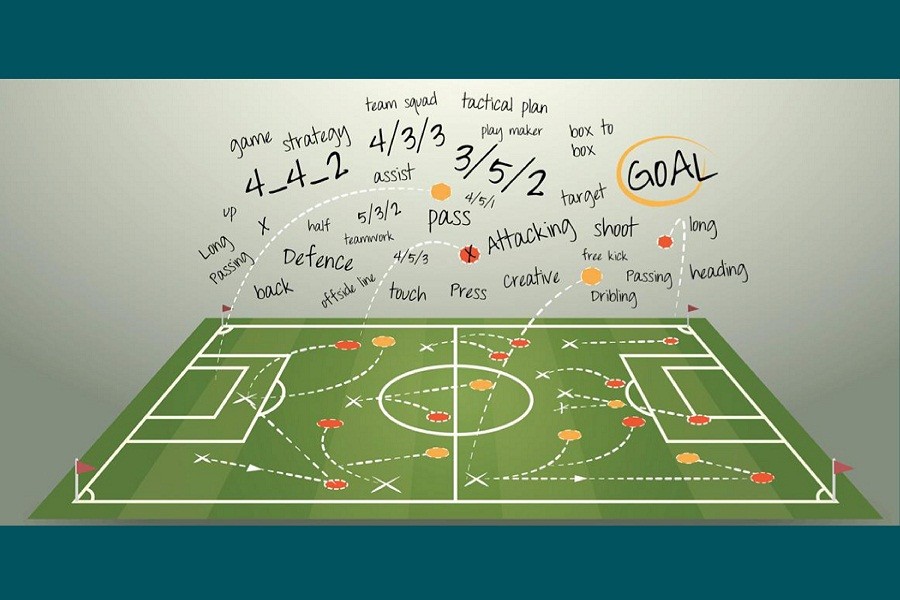Tactical periodisation is a football training method. This method was famously used by Jose Mourinho in 2004 when his Porto won the Champions League.
Since then, many managers have adopted the system and are utilising this successfully. But why is it so successful?
Periodisation has been active in sports overall since the 1950s. It follows a simple concept of athletic training in cycles so that a player is not overworked. Also through this concept, a team can build towards a specific competition.
There are three types of periodisation - Micro, Meso and Macro
In the case of micro periods, players build themselves up on a regular basis on specific attributes. For example, a player trains himself on strength today, speed tomorrow and agility the next day. Small targets on a regular routine are the general characteristics of micro periods.
Coming to meso periods, it is a bit longer process like building up to a specific event ahead. For example, if a team has a game 1 week later, it would prepare itself for the game from all sides both physically and tactically.
Lastly, the macro period is the bigger picture. An easy explanation would be preparing for the World Cup which comes every 4 years.
Periodisation is training based on tactics as well. It is a module set according to all probable scenarios during a game so that the players don’t come across an unknown situation.
The fitness, technique and psychological part of the game are also taught but that too according to the tactics.
For example, a centre-forward and a wing-back will not have the same role in a game and also would not require the same level of fitness. So they are trained according to their roles and requirements.
In order to materialise the tactical periodisation, a game model must be set up at first on how the team would shape up based on the team’s situation, coach’s philosophy, requirements and playing squad. There are four phases that are taken into consideration during tactical periodisation - attacking organisation, defensive transition, defensive organisation and attacking transition.
During the organisation phases, the teams look to determine the shape they want to be in while attacking and defending.
During transition phases however, they look to sort their shape when they lose possesion and have to defend, or when they regain possesion and would go for the counter attack.
The training is designed in small phases and scenarios. The training also consists of tiny in match situations. For example, a centre back and right back practices on how to stop the opposition’s left winger.
Overall, the objective of the whole periodisation process is to make the players ready for any situation in a game through objectified training.
But the process would vary from team to team because of the difference in tactical principles. It’s a revolutionary system that is set to rule the footballing world for many years to come.


